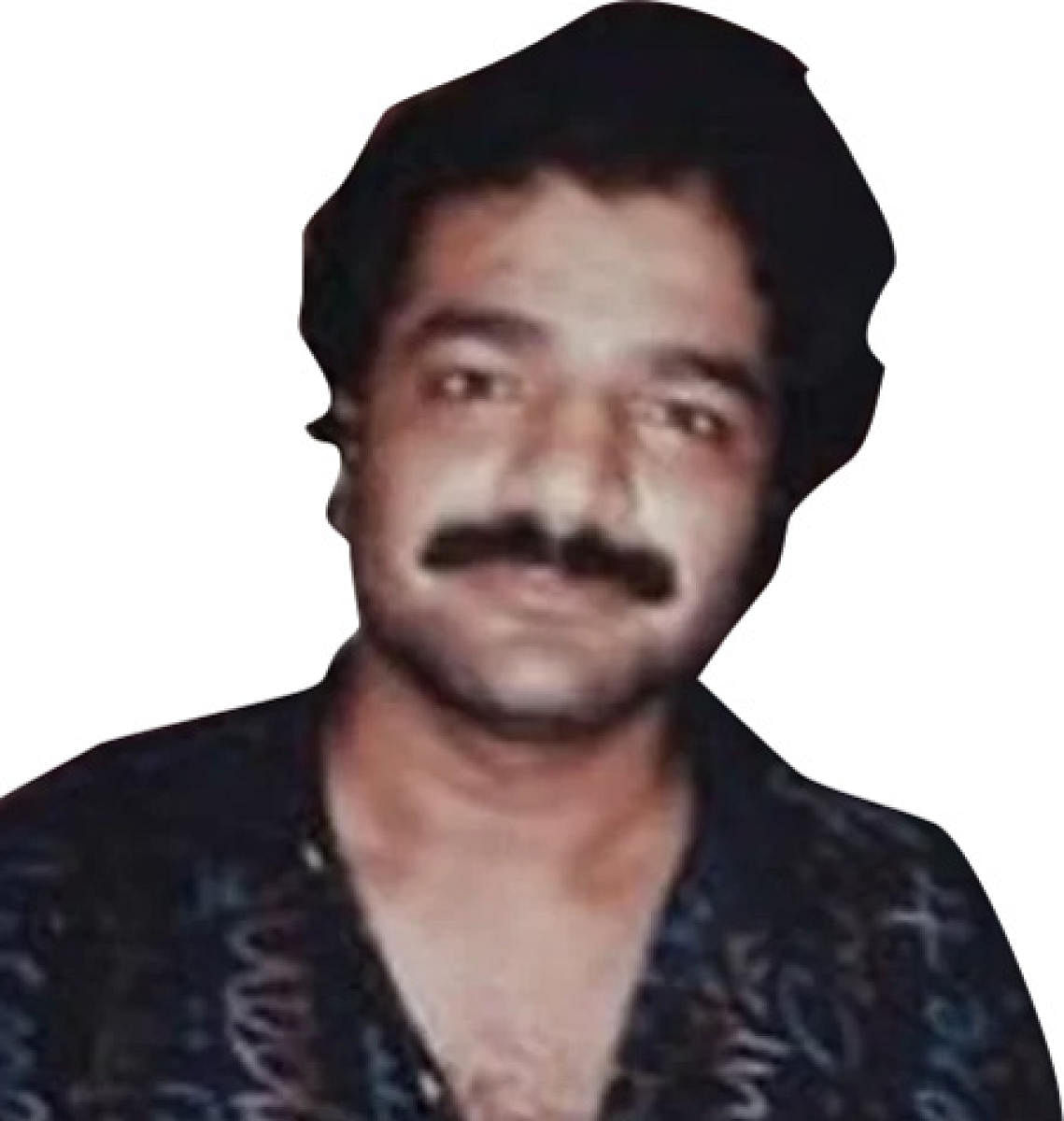

Kirti Ajmera was just a stone’s throw from the eastern entrance of the iconic Bombay Stock Exchange (BSE) building, when the clock struck 1:30 p.m. on March 12, 1993. He heard a deafening sound and went into a stupor. “It took several minutes for me to come out of the shock. I then found that I was lying on the ground, bleeding profusely. I could not move my right arm,” recalls the 65-year-old businessman, who now lives at Malad in western suburb of Mumbai. “There were people lying around me, some bleeding like me, some with severed limbs and crying for help, some just motionless.” What he did not realize then was that a car, stuffed with explosives, had just blown off at the basement of the BSE.
It was just the beginning and the full horror of what later came to be known as “Black Friday” was yet to unfold. By the time Ajmera could somehow find his way to the St George Hospital, it was already overcrowded with injured being brought in from other places like Air India Building, Century Bazaar, Fishermen’s Colony in Mahim Causeway, Zaveri Bazar Fort and Plaza Cinema, which were also rocked by serial blasts. He was then taken to the G T Hospital, where some first aid and medicines were provided to him. “I finally underwent a surgery at the Hinduja Hospital.”
The series of blasts on March 12, 1993 in Mumbai was the city’s first tryst with terror. Though Punjab, some northeastern states and Jammu and Kashmir (J&K) had witnessed terrorism in the past, it was the first time the menace manifested itself in a metropolis. The explosions continued for almost two hours and 10 minutes – 1:30 p.m. to 3: 40 p.m. – killing as many as 257 people and injuring 713 at over a dozen places across the financial capital of India.
The blasts followed the communal riots, which had wreaked havoc in Mumbai between December 1992 and January 1993 after the demolition of the Babri Masjid in Ayodhya. The ‘Black Friday’ also turned Dawood Ibrahim, who was hitherto known in the city as an underworld don, into an international terrorist. The investigations into the explosion revealed the D-Company’s nexus with the Inter Services Intelligence (ISI) of Pakistan and the global terrorist networks.
“The city has changed a lot after it had its first brush with terror,” says Raj Suri, who was near the Air India building – one of the scenes of the blasts – that day. “There were explosions after explosions – at the BSE, at the Air India building, at the Zaveri Bazaar. I saw people soaked in blood running helter-skelter, bodies of the dead being taken on hand-carts,” recalls the book-seller and tour guide, now in his seventies. “Thirty years have passed, but I still shiver when I remember those scenes.”
The masterminds of the explosion – Dawood Ibrahim and Tiger Memon – could manage to stay far away from the reach of the law-enforcing agencies. So could several other accused. The Mumbai Police Crime Branch and the Special Task Force headed by the Central Bureau of Investigation arrested 193 of the accused. A total of 140 faced trial – but 17 of them died during the course of trial. Of the remaining 123, who went through the trial, 23 were acquitted and 100 were convicted. Twelve of them were awarded death penalties. The Supreme Court confirmed the death sentence of Yakub Memon, but commuted that of 10 others to life sentences, while another died of illness.
Judge P D Kode, who presided over the one of the two trials in connection with the case, never took an off on working days, except for a few days, when he fractured his hand after a fall and had to be admitted in a hospital. Even when his father and mother passed away, he came to the court the very next day. He used to come to the court even on Sundays, if needed, particularly in cases of emergency when he had to grant bail to an accused to attend to ailing parents or perform their last rites.
A total of 686 witnesses were examined – the highest in the country – and 88 accused gave confessional statements, although 10 were rejected. Two accused turned approvers.
The accused included poor and richest as well as uneducated and highly educated. Memon, himself, is a chartered accountant. Salim Tonk alias Salim Durrani, a member of the royal family of Tonk in Rajasthan, was a Rhodes Scholar. Bollywood actor Sanjay Dutt was also among the accused. The accused included customs officials and policemen as well.
Additional Sessions Judge G A Sanap, who presided over the another trial in connection with the serial blasts, convicted six of the seven accused, including Mustafa Dossa, Abu Salem, Tahir Merchant and Karimullah Khan.
The series of blasts on March 12, 1993 was the first coordinated terror strike on Mumbai, but it was not the last. The city continued to witness such attacks – in August 2003, July 2006, November 2008 and July 2011. But the now-fabled spirit and resilience of Mumbai always helped it bounce back.
“Life has to go on,” says Ajmera, who has not yet received compensation the government had promised to give the injured after the blast. He had to undergo several surgeries after being injured on that fateful day. The wounds eventually healed, but the scars on his body still persist, just like the ones in the collective memory of the Mumbaikars.